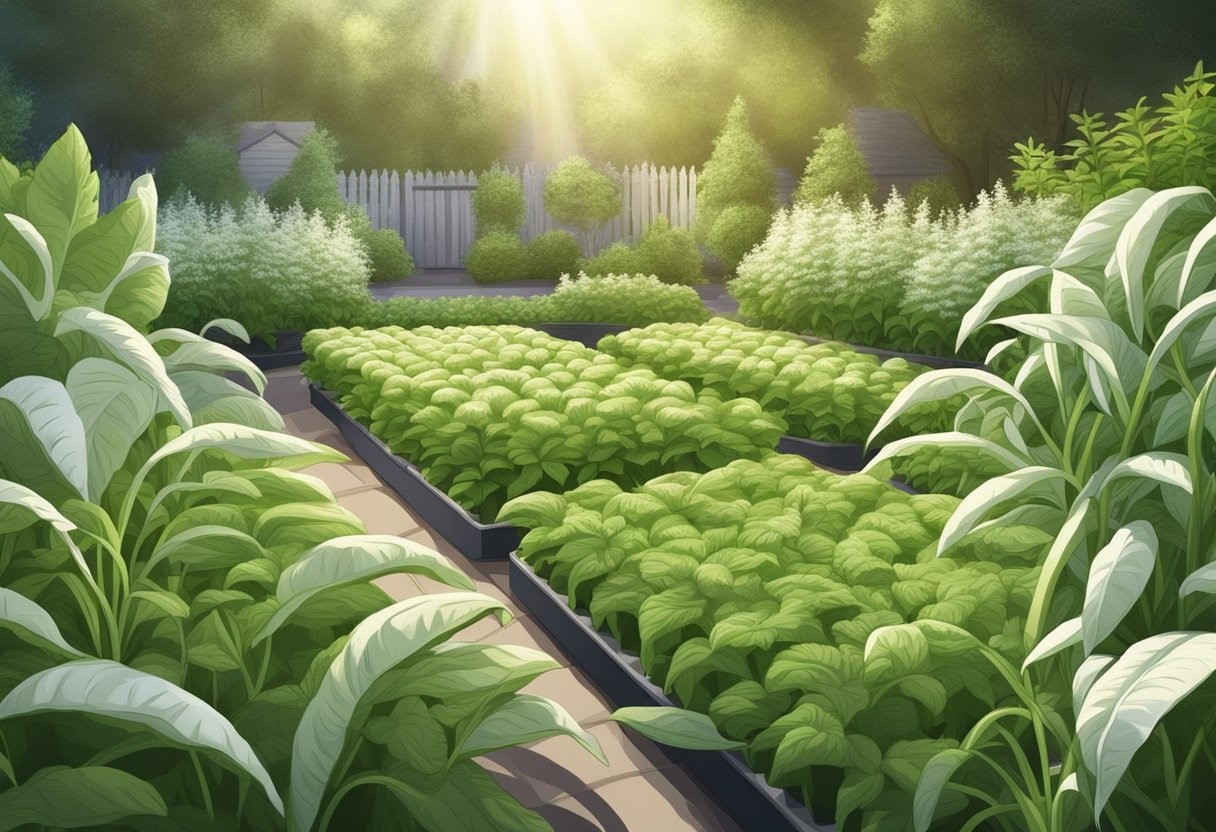
Embracing eco-friendly cannabis cultivation involves adopting sustainable practices that minimize environmental impact and support soil health and biodiversity. You’ll discover how organic farming techniques contribute to sustainability and why managing soil properly is crucial in cannabis cultivation.
In eco-friendly agriculture, sustainable practices are fundamental to reducing your environmental footprint. Sustainability means utilizing methods that ensure long-term ecological balance. For cannabis growers like you, this includes:
Organic farming is a cornerstone of eco-friendly cannabis cultivation. By avoiding chemical fertilizers and synthetic pesticides, you protect the ecosystem and promote a healthier crop. Key aspects include:
This approach not only nurtures the plants but also supports carbon sequestration, helping to mitigate climate change.
Your soil is the lifeblood of your cannabis plants. Effective soil management ensures they receive the right nutrients without relying on synthetic inputs. Here’s how you can manage soil health:
Remember, by prioritizing soil health, you’re not just cultivating cannabis; you’re cultivating an entire ecosystem that supports robust, resilient plant growth.

Growing White Widow organically in Canada requires attention to soil health, water and light management, and eco-friendly post-harvest practices.
For an optimal start, your White Widow cannabis should be planted in nutrient-rich, loamy soil, with a pH between 6.0 and 7.0. To maintain organic standards, avoid synthetic fertilizers and opt for composted organic matter which enriches the soil and sustains plant health naturally. Incorporating worm castings can further enhance soil structure and nutrient availability.
Utilize drip irrigation systems or rainwater harvesting to conserve water and provide your White Widow with a consistent moisture level, which is crucial for growth without overwatering. Bright, indirect light is ideal for seedlings, progressing to more intense light gradually. Consider energy-efficient LED lighting to reduce your carbon footprint and ensure your plants receive the appropriate amount of light (preferably around 600 to 900 umol/m2/s for vegetative growth and up to 1500 umol/m2/s during flowering).
Harvest your White Widow buds when 70% of the pistils have turned amber, typically by the end of October. Cutting the plants at stem-level makes for easier handling. To process, hang the buds upside down in a well-ventilated room with a temperature around 21°C (70°F) and humidity levels at 50% to ensure a slow and even curing process.

The Canadian government, through initiatives like the Minister of Agriculture and Agri-Food, has been proactive in funding eco-innovations in agriculture, which extends to cannabis cultivation. Under the On-Farm Climate Action Fund, investments are supporting your transition to more sustainable practices.
Here’s what you need to focus on:
In embracing these practices and taking advantage of available funding and investment opportunities, your cannabis cultivation becomes a testament to progressive agricultural climate solutions, leading the charge in Canada’s quest for sustainability.
In Canada’s varied climate, it’s crucial to maintain a balanced pH soil level between 6.0 and 7.0 and ensure proper drainage to prevent waterlogging. Utilize organic mulches and compost to enrich your soil and protect your White Widow plants from extreme temperatures.
To maximize your White Widow yield, focus on creating a healthy, stress-free environment for your plants. This involves adequate spacing, use of organic fertilizers for nutrient-rich soil, and implementing a strategic pruning technique to encourage light penetration and air flow.
Watch for the trichomes on your White Widow plants to turn from clear to a milky white color, and for about 60-70% of the pistils to darken and curl. This is a good indicator that your plants are at peak THC levels and ready for harvest.
The growth cycle of White Widow ranges from germination to harvest in approximately 8-9 weeks. This timeline may vary slightly depending on your specific growing conditions.
Sure, here’s a concise organic growing guide: Start with quality non-GMO seeds, germinate using the paper towel method, transplant to soil rich in organic matter, water regularly with pH-balanced water, and apply natural pest control methods. As the plant matures, prune strategically and feed with organic fertilizers.
We ship and deliver world wide via USPS and various couriers.
We offer a wide range of secure and anonymous online payment options.
We care about you, our customer. Please contact us with any questions or concerns.
Find out more about the benefits of being a loyal and regular customer.
WE ARE EVERY GROWERS ONE STOP SHOP TO ACQUIRE PREMIUM CANNABIS SEEDS FOR SALE IN THE USA, CANADA AND AUSTRALIA

Farmers Lab Seeds 2024, | All Right Reserved
Seeds are sold as novelty items, souvenirs, and collectibles. They contain 0% THC. We encourage our customers to check the legislation in their Country, State, Province, and Municipality prior to purchasing items from our store. We do not provide growing information.
All seeds are sold as hemp, and lab tested under 0.3% THC. This product is not for use by or sale to persons under the age of 21. This product should be used only as directed on the label. It should not be used if you are pregnant or nursing. Consult with a physician before use if you have a serious medical condition or use prescription medications. A Doctor’s advice should be sought before using this and any supplemental dietary product. All trademarks and copyrights are property of their respective owners and are not affiliated with nor do they endorse this product.
These statements have not been evaluated by the FDA. This product is not intended to diagnose, treat, cure or prevent any disease. Individual weight loss results will vary. By using this site, you agree to follow the Privacy Policy and all Terms & Conditions printed on this site. Void Where Prohibited by Law.